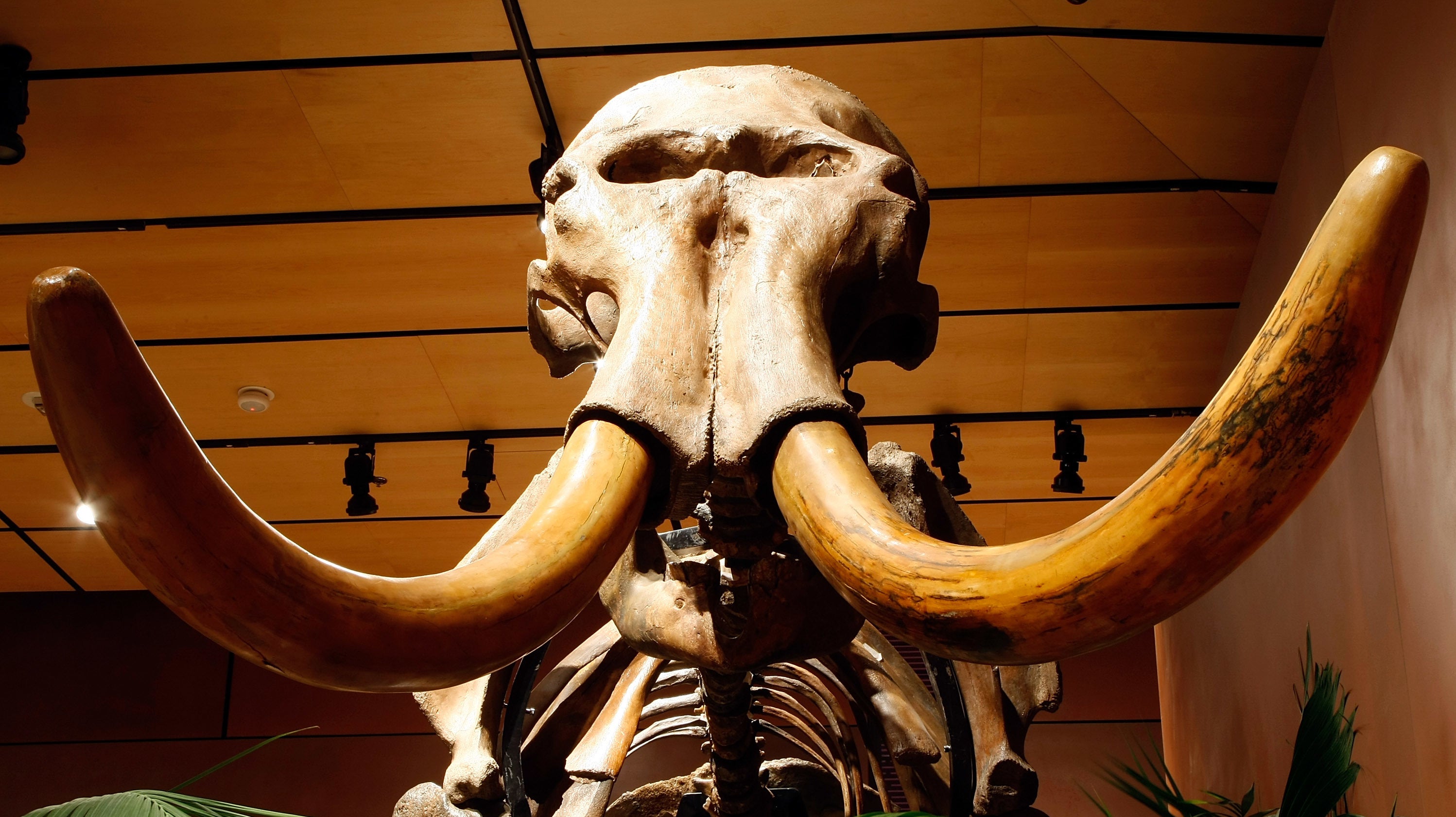Welcome to DU!
The truly grassroots left-of-center political community where regular people, not algorithms, drive the discussions and set the standards.
Join the community:
Create a free account
Support DU (and get rid of ads!):
Become a Star Member
Latest Breaking News
General Discussion
The DU Lounge
All Forums
Issue Forums
Culture Forums
Alliance Forums
Region Forums
Support Forums
Help & Search
Science
Related: About this forumScientists Could Soon Resurrect the Woolly Mammoth--but Should They?

Bringing an extinct species back to life was once firmly in the realm of science fiction, but as genetic engineering advances rapidly, the prospect of a woolly mammoth again breathing and walking on Earth seems almost within reach. Before fully resurrecting the mammoth, synthetic biologists at the Revive and Restore project are working to resuscitate pieces of ancient genomes with the goal of mixing them with the DNA of living species (Asian elephants—their closest living relatives) in an attempt to create “proxy species”—animals that display the traits of the ancient original.
The end goal, they say, is to populate the tundra region of Siberia known as the “mammoth steppe” with a herd of as-close-to-mammoth-as-possible animals, using them to bring the ecosystem back to its pre-extinction existence. This, naturally, has brought up some ethical dilemmas: Will science take this further and revive the entire woolly mammoth, not just portions of its genome? What is the motivation for doing any of this? And should we be doing it at all?
Woolly mammoths lived in Siberia (among other places) during Earth’s last ice age, also known as the Pleistocene Epoch. They were large mammals, essentially big furry elephants with very long tusks, and their population was quite large, which we know from the abundance of fossils that paleontologists have discovered. There are several theories about how they eventually went extinct about 10,000 years ago. Some scientists believe that humans may have hunted them to extinction, and other theories suggest that the end of the ice age and a warming climate actually caused them to die from heat and dehydration.
Reviving a dead species is a controversial idea. While the scientists undertaking the research see it as a way to restore a ruined ecosystem, detractors see the process as unnatural and even an unnecessary show of scientific hubris. Beth Shapiro, an evolutionary microbiologist at UC Santa Cruz and author of the book How To Clone a Mammoth: The Science of De-Extinction, told Gizmodo that the act of bringing back an extinct creature could be seen as an extension of humanity’s long history of altering other species for our own benefit. She didn’t see such an experiment as unnatural. Shapiro noted that humans have been domesticating and engineering plants and animals for tens of thousands of years; this is what we’re good at and it’s part of our nature, which means it’s a part of the nature of our planet as well.
https://gizmodo.com/scientists-could-soon-resurrect-the-woolly-mammoth-but-1833953899
InfoView thread info, including edit history
TrashPut this thread in your Trash Can (My DU » Trash Can)
BookmarkAdd this thread to your Bookmarks (My DU » Bookmarks)
7 replies, 1082 views
ShareGet links to this post and/or share on social media
AlertAlert this post for a rule violation
PowersThere are no powers you can use on this post
EditCannot edit other people's posts
ReplyReply to this post
EditCannot edit other people's posts
Rec (2)
ReplyReply to this post
7 replies
 = new reply since forum marked as read
Highlight:
NoneDon't highlight anything
5 newestHighlight 5 most recent replies
= new reply since forum marked as read
Highlight:
NoneDon't highlight anything
5 newestHighlight 5 most recent replies
Scientists Could Soon Resurrect the Woolly Mammoth--but Should They? (Original Post)
Zorro
Apr 2019
OP
Humans need to quit trying to be gods.
Better to foster the life on Earth right now.
itsrobert
(14,157 posts)3. Yes, do it
go for it
Response to Zorro (Original post)
Freelancer This message was self-deleted by its author.
Bearware
(151 posts)5. Woolly Mamoth extinction left a large hole in the ecosystem that their revival could slowly repair
JustFiveMoreMinutes
(2,133 posts)6. To be in zoos/exhibits or for rehabitation to their lost lands?
The question then takes on a different POV.
Javaman
(62,532 posts)7. while I really would prefer a Broto-burger...
Mammoth ribs will do...
